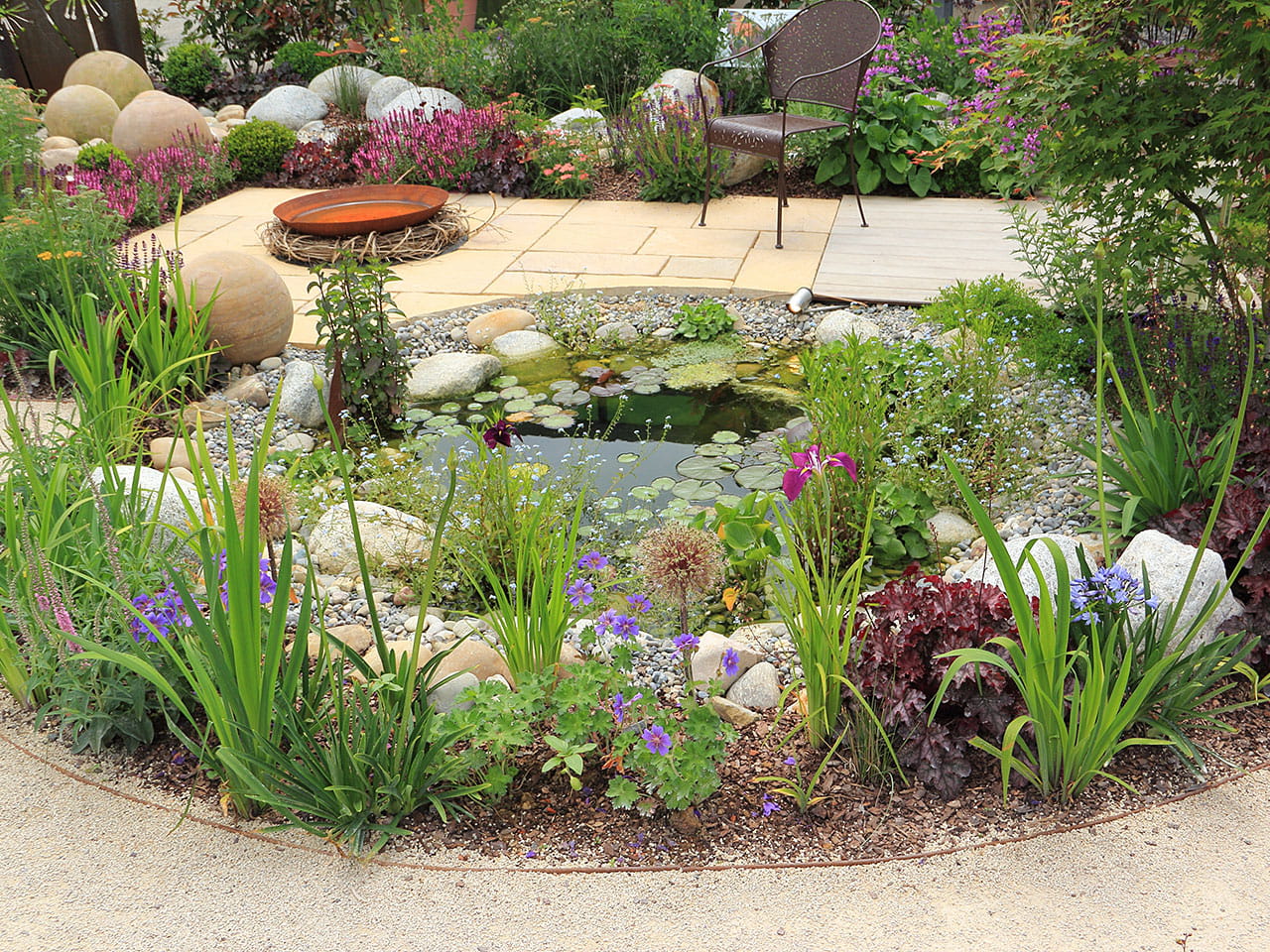A small backyard pond can transform your garden into an oasis for local wildlife. Even a tiny water feature measuring just a few feet across provides critical habitat for frogs, dragonflies, birds, and more. Constructing a miniature pond is also an easy and affordable project for beginners.
Follow this guide to learn how to build a small pond tailored for wildlife in your own yard. We’ll cover pond design basics, essential features to include, the best plants to incorporate, maintenance tips, and more so you can create a thriving aquatic ecosystem!
Benefits of a Small Wildlife Pond
A small backyard pond offers numerous advantages
- Provides important water source for many animals
- Attracts beautiful and fascinating pond creatures
- Supports diverse aquatic plant life
- Creates lovely focal point in garden
- Relaxing to have natural water sounds and sights
- Fun to observe and interact with wildlife up close
- Low commitment and upkeep for pond newbies
Even a tiny pond surrounded by native marginal plants transforms an unused corner into valuable wetland habitat. Building a miniature wildlife-friendly pond is a rewarding project guaranteed to bring joy.
Elements to Include in a Small Wildlife Pond
While even a simple container pond offers shelter, incorporating these key elements will maximize benefits for wildlife:
Gradual Sloping Sides
Gently sloped sides at least on one part of the pond perimeter allows easy wildlife access for drinking and bathing.
Shallow Sections
Designate pond areas just 1-6 inches deep to support marginal aquatic plants.
Medium Depth Zone
A main central pond area of 1-2 feet deep provides habitat for frogs and dragonflies.
Uneven Bottom Contour
Vary depths to include shelves, mounds, and channels for added interest.
Rocks and Logs
Partially submerge rocks, branches, and logs for wildlife to climb on and hide around
Native Plants
Include native flowering aquatic and marginal plants to shelter creatures and stabilize pond edges.
Choosing a Spot for the Pond
Pick a pond location that:
- Receives roughly equal sun and shade to prevent overheating.
- Has electricity access nearby if installing a pond pump.
- Won’t impact house foundations or underground utilities.
- Is somewhat sheltered from high winds.
- Allows you to enjoy viewing and interacting with pond life.
How to Build a Small Backyard Wildlife Pond
Follow these steps to construct your miniature oasis:
1. Mark Shape and Excavate
- Outline desired pond shape with rope or hose. An oval or kidney shape works well.
- Excavate soil to desired pond depth, piling soil nearby for later use.
2. Install Pond Liner
- Line entire pond cavity with pond underlayment fabric.
- Install preformed rigid pond liner or flexible PVC liner, covering bottom and sides.
3. Add Pond Skimmer
- Install a small pond skimmer, attached to a pump with tubing, to filter out debris.
4. Shape Pond Contours
- Mold bottom contours with submerged pots, rocks, and sand piles to add topography.
5. Plant Marginal Shelves
- Plant shallow shelves around perimeter with native marginal plants like iris, rushes, and sedges.
6. Introduce Fish and Plants
- Fill pond and add native plants suited to pond depths. Introduce a few small fish once established.
7. Incorporate Wildlife Habitat
- Position rocks, logs, pinecones, and shells around pond edges for creature comforts.
8. Install Finishing Touches
- Use excess soil to build up natural looking edges. Add decor like stones or yard art.
Best Plants for a Small Wildlife Pond
Aim for a mix of versatile native species:
- Floating: Water lilies, water hyacinth, water lettuce
- Marginal: Cattails, arrowheads, cardinal flower, canna lily, pickerelweed
- Submerged: Anacharis, cabomba, fanwort, valisneria, coontail
Group 2-3 of each plant type in clusters around appropriate depths for high visual impact.
Maintaining a Miniature Wildlife Pond
- Observe balanced ecosystem indicators like: Clear water, minimal algae, active wildlife
- Remove leaves and debris frequently with skimmer and net
- Limit runoff into pond by planting rain gardens and bioswales
- Use beneficial bacteria and enzymes instead of chemicals for water quality
- Monitor pH and only correct extreme imbalances
- Take precautions not to introduce or spread diseases and parasites
FAQs About Small Garden Wildlife Ponds
How big does a small pond need to be?
Ponds can range from tiny 1-2 feet across up to larger 5×10 foot kidney-shaped designs. Focus more on quality habitat features than size. Even container gardens offer shelter.
What wildlife will come to a backyard pond?
Expect busy pond visitors like frogs, toads, salamanders, turtles, dragonflies, damselflies, beetles, butterflies, songbirds, hummingbirds, and the occasional thirsty raccoon, fox, or deer.
How deep should a small wildlife pond be?
Include varying depths from 1 inch to 2 feet. Most of the aquatic life will inhabit depths of 1-18 inches. Sloping sides allow easy animal access.
Can fish live in small ponds?
Yes, small ponds can support a few small fish like guppies, minnows, or goldfish. Limit to one inch of fish per four square feet of surface area.
What basic maintenance does a small pond need?
Expect to spend 30-60 minutes per week on small tasks like filling bird baths, pulling weeds, removing debris, observing plants and creatures, and enjoying the wildlife spectacle you’ve created!
Creating a miniature oasis tailored for local fauna only requires a small investment of time and money while offering outsized benefits for native ecology and your own backyard enjoyment. Follow these tips and soon you’ll have your own living sanctuary brimming with lively pond creatures.

